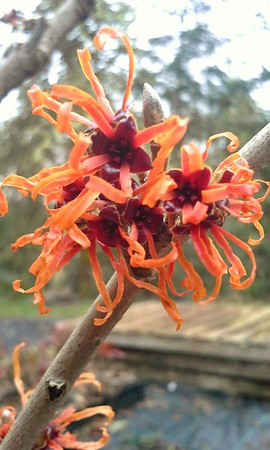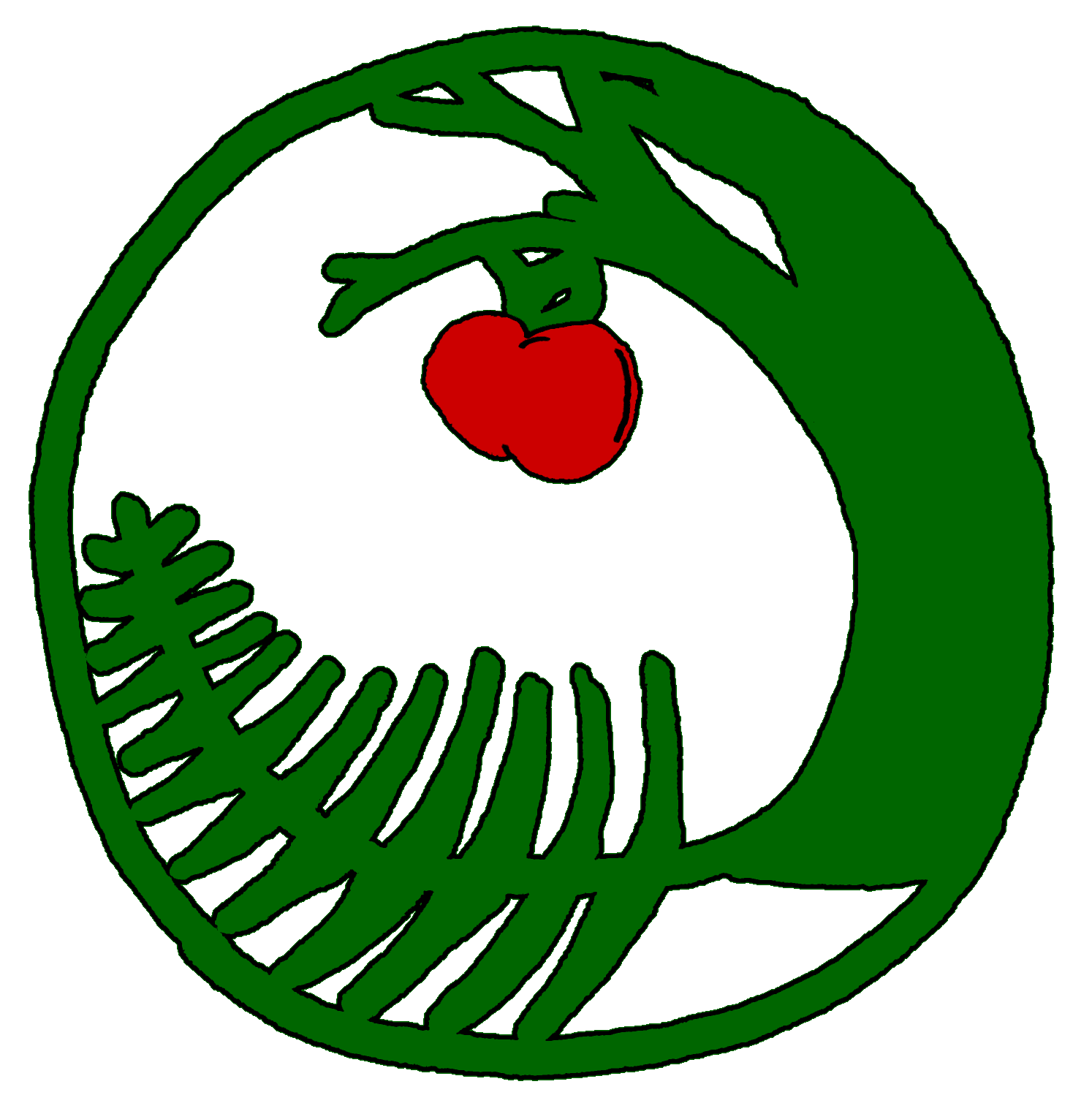'York' is a variety of American elder selected from the cross of Adams #2 and Ezyoff at the Geneva Experiment Station in New York in 1964. Its medium-sized dark berries ripen slightly later than... more->
Fern Hill Nursery and Botanical Sanctuary
Edible, medicinal, and native plants for the Pacific Northwest
We spent 13 years building an abundant fruit forest, annual veggie beds, perennial medicinal herbs, and a healthy mixed hardwood-coniferous forest and now we've sold our property to the next stewards so that we can begin a new homesteading project in Vermont closer to our best friends and their kids.
Don't worry - we plan to keep this website up and running so that our customers can reference what we've written about our plants!
We'll let you know once we re-start a farm in Vermont!
Attracts pollinators
Black Velvet is a very disease resistant, vigorous and productive plant with sweet, dark purple berries. more->
Pixwell is almost thornless. Berries can be harvested when green for pie and jam or harvested when soft and pink for fresh eating. Very productive and fruit is easy to harvest clusters. Mildew... more->
Sabine is a variety we originally obtained from the USDA Germplasm Repository in Corvallis Oregon. This vigorous and disease resistant plant has a medium sized red berry. more->
Hinnomaki Red comes from Finland. The plant bears dark red, sweet and large berries. more->
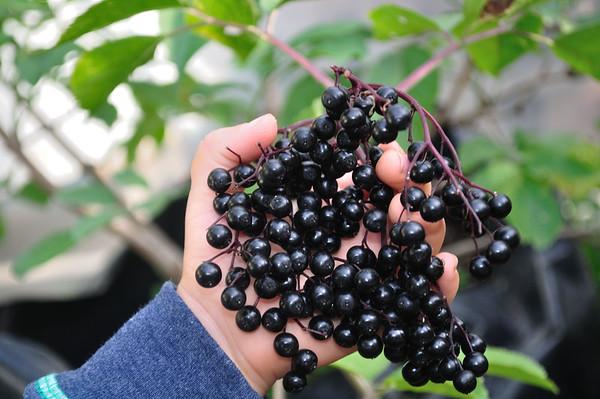
This variety began producing very large clusters of medium-sized dark purple berries for us in the second year, and it has doubled the yield each year since! Samdal was originally developed in... more->
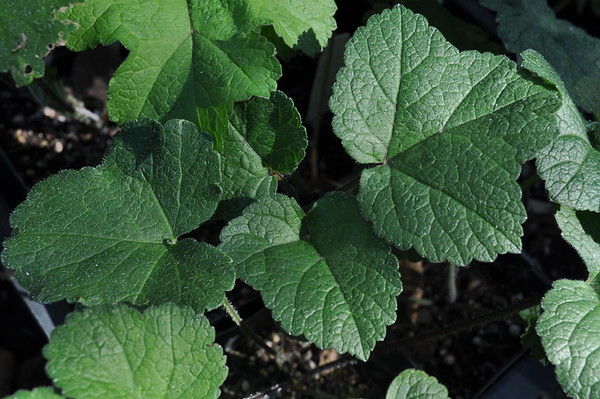
Also known as du huo in Traditional Chinese Medicine, and shishiudo in Japanese medicine, this angelica species is native to just the eastern part of Asia in those two countries... more->
Also known as Bai Zhi in Traditional Chinese Medicine, this angelica species is native to northeastern Asia in Russia, China, Korea, Japan, and Taiwan. This is the first year we've grown... more->
So we like all beebalms, but this one really tops the charts with its sweet and spicy rose scented pink flowers and foliage. The aroma makes a really blissful and warming tea. It contains... more->
This pink-flowered variety was developed in Canada to have superb mildew resistance, which can turn the tops of other varieties white and sickly in extra wet weather. more->
With darker violet-purple flowers than most wild beebalm, this variety is a crowd-pleaser and tastes good too! more->
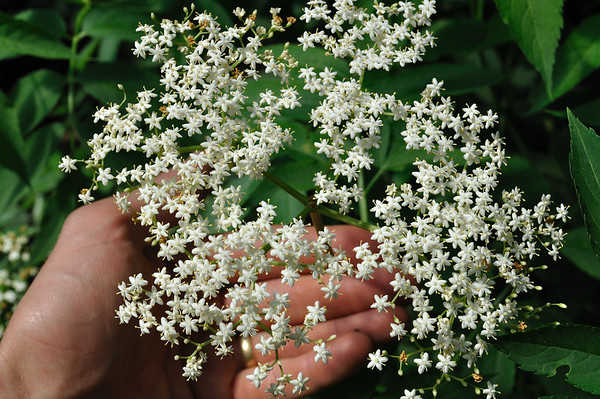
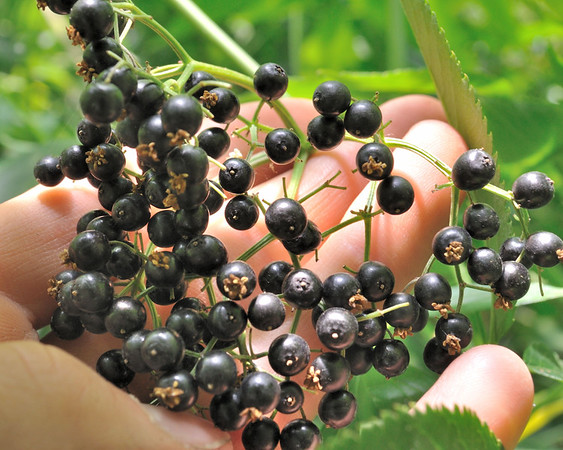
Ranch is shorter and more compact than most elderberry varieties. It gets only 5ft tall, so berries are easier to reach for harvesting. more->
Orange scented fragrant thyme has a compact growth form with small leaves more similar to French thyme and German winter thyme than any of the other varieties. What sets it apart is the scent -... more->
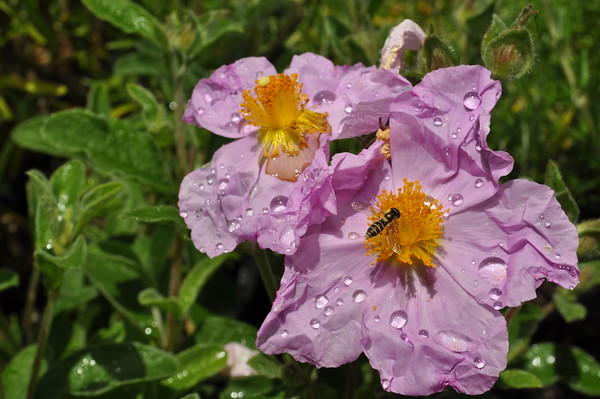
This fuzzy-leaved rock rose makes a smaller, more compact shrub than the pink orchid or white rock roses. While the others easily reach 3-4ft tall, this variety grows to be a perfectly shaped 2ft... more->

This rock rose has broad, wavy leaves with delicate, triangular tips and paper white flowers. more->
Our friend Allen reports that this particular Aronia produces plentiful berries. These shrubs readily send up new shoots from near the base of the tallest stems. more->
Barbed skullcap is native to southeast Asia including China and Taiwan, often growing on the edges of rice paddies. The fresh plant is used as a vulnerary to help heal wounds and as an anti-... more->
Spotted bee balm blossoms have white, purple, and pink flowers with exquisite dippled spots. This species grows in drier and sandier soil than most bee balms. more->
'Munstead' is an English lavender that is well-known for its heat tolerance and compact form. The tall spikes of deep purple fragrant blossoms are more densely flowered than 'Vera'. more->
This species of Echinacea is native to the central plains of North America, from Texas and New Mexico, all the way north into central Canada. It is the most cold hardy Echinacea and has a longer... more->
This beautiful perennial is not only fragrant but also hardy and drought tolerant. The silvery foliage grows about a foot tall with huge spikes of neon orange and red flowers another foot above... more->

'Nova' is a variety of American elder, selected for its reliable yield of medium-sized dark berries at a germplasm center in Kentville, Nova Scotia, Canada in 1960. Although it may have better... more->
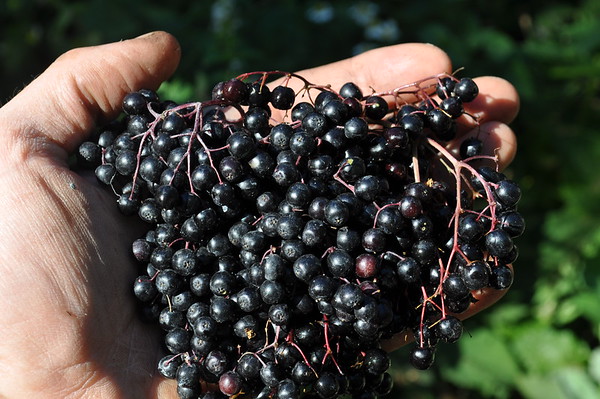
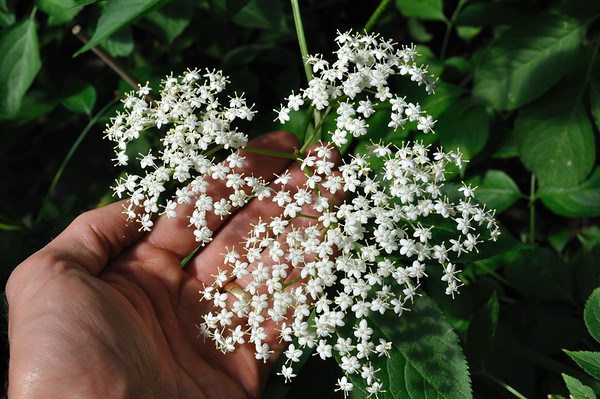
'Haschberg' is a variety of black European elder, especially popular in commercial orchards in Austria and Germany. It produces abundant and large clusters of dark purple berries, and grows to... more->
Henderson's checkermallow is commonly found along the Washington coast, but a few populations grow further south here along the Oregon coast. In the hollyhock family, this perennial grows up to... more->
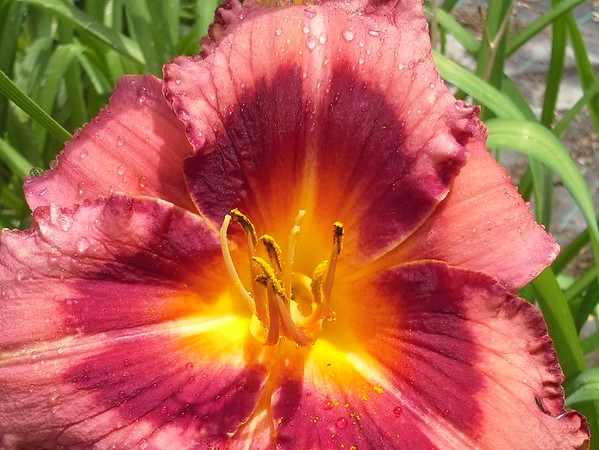
This multicolored red variety of daylily really stands out against a green backdrop! more->
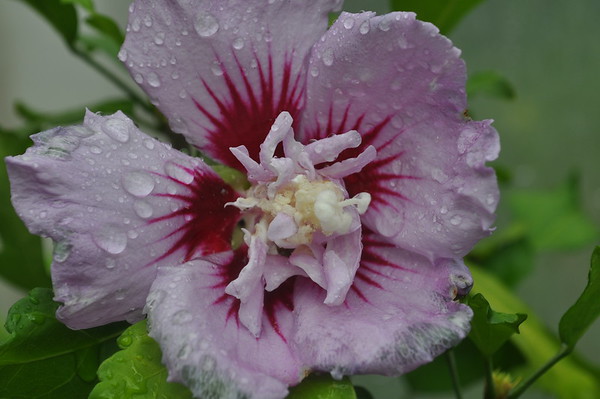
Arden's Double Purple has a frilly flower with multiple layers of purple-pink petals. more->
A very vigorous perennial native to much of North America, Canada goldenrod can quickly colonize sunny, moist meadows and gardens. It's bright and canary yellow inflorescences grow upwards from... more->
This species of skullcap is native to moist meadows over a wide area in North America. It is the most popular and common skullcap among herbalists in the U.S.
The tea or tincture of the... more->

It sure is hard to beat the savory flavor of garlic chives! While most garden chives bear pink flowers in summer, garlic chives produce a more open cluster of white blooms. The bulbs and leaves... more->
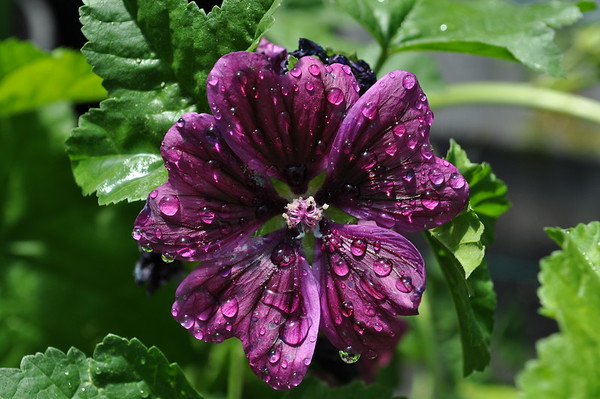
Although annual mallows can make nice greens, this perennial mallow not only has delicious leaves but it also makes large displays of showy purple edible flowers! One type has lavender petals... more->
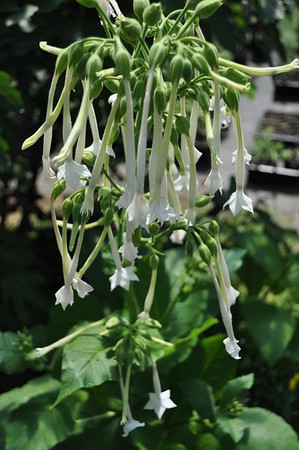
Growing up to 5 feet tall, this sticky-leaved flowering tobacco produces drooping white flowers that are one of the most sweet and fragrant blossoms I know. They will fill the garden with perfume... more->
Although some refer to it as St. John’s Wort, Susan Weed conjures up the bravery of Joan of Arc in reference to the healing properties of this herb. It is listed as a noxious weed in many western... more->

Bright yellow-orange flowers abound on these sun-loving plants. Although calendula is an annual that doesn't survive the winter well, it faithfully self-sows in our garden and emerges each spring... more->
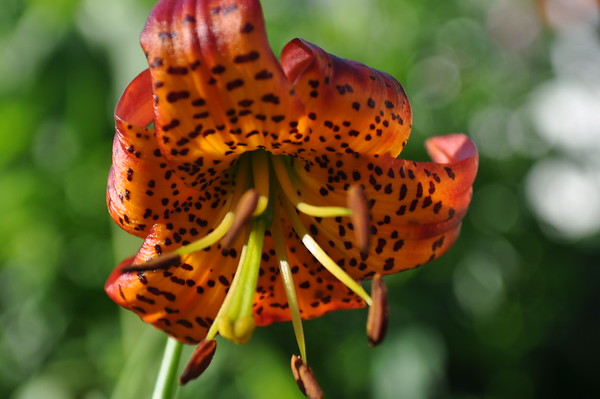
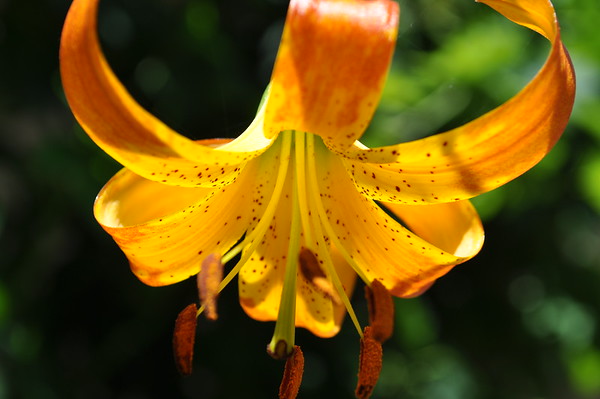
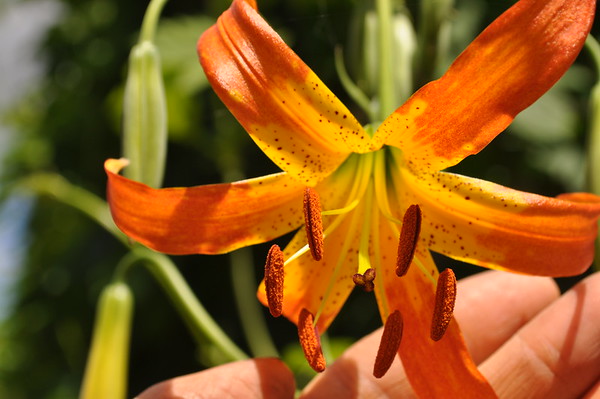
Our leopard lily mother bore seeds that were fertilized by lemon lily pollen, and this is the first generation of the hybrid. Some of the hybrid flowers turned out yellow orange with long... more->
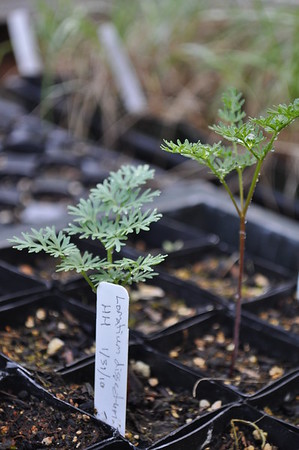
Native to well-drained hillsides in the Willamette Valley and the greater Pacific Northwest, this handsome perennial is the subject of an explosion of research for use as an antibacterial and... more->

This succulent perennial with pale yellow umbellate flowers is native to rocky coastal cliffs in western Europe. The edible leaves and flowers have a slightly spicy taste, and hold up well when... more->
This soft, citrus-scented, and uncommon member of the borage family produces small yellow flowers in summer. Researchers have been investigating the anti-bacterial properties, while herbalists... more->
A multi-functional tree native to Europe, linden has edible leaves and flowers. Bees adore the blooms which make a great tea, and from bees, a delicious honey. The wood is also known as basswood... more->
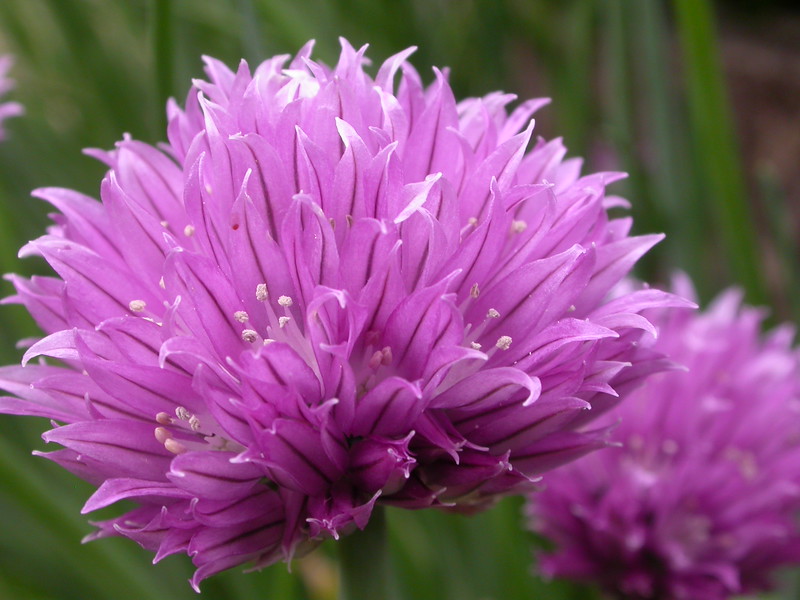
No kitchen garden can be without this flavorful and perennial member of the onion family! The 'Purly' variety makes longer and straighter hollow leaves than most. It produces edible magenta... more->
Yacón produces sweet, juicy tubers the size and shape of sweet potatoes. The stems grow up to 6 or 8 feet tall and bear yellow sunflower-type flowers. The stems and leaves are sensitive to frost... more->

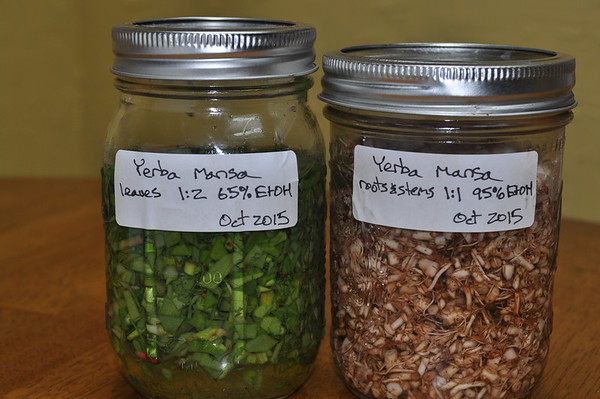
Yerba mansa is a creeping herbaceous perennial with white flowers that prefers wet soil and warm sun. Native to California and the Southwest, in our climate it may do best grown in a... more->
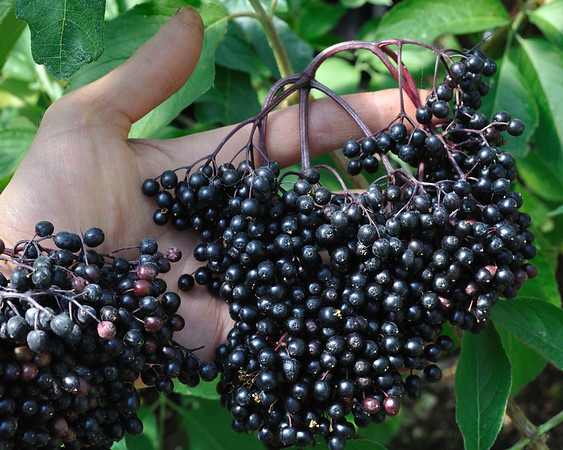
'Korsor' is a variety of black European elder from Denmark, notable for its large, dark, juicy berries. It grows to about 8 feet tall.
European black elderberries are the most sought-after... more->
'Captivator' is virtually thornless and very hardy. Shrubs are productive and bear medium to large sweet red fruits which ripen midsummer.
This variety was propagated from a plant growing on farm near us, on Muslin Creek.
European black currants have a very distinct musky flavor which is prized by many in europe and the U.S.... more->

This perennial has slimy roots and leaves that are used externally for bruises, sprains, and dry, irritated skin. Russian comfrey has deep roots to draw nutrients to the surface, and makes great... more->
'Seascape' is a good choice if you want to harvest strawberries throughout summer and early fall. The best choice is to grow some of this variety adn some of 'June', and then you will haev... more->
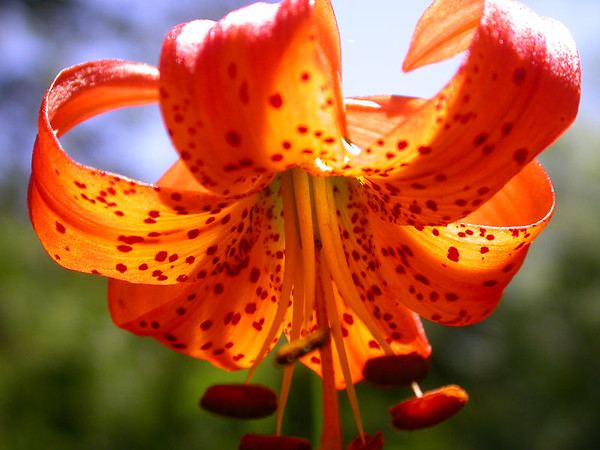
Leopard lily is a stunning wildflower native to parts of Oregon and California. It is an herbaceous perennial growing up to 6 feet tall with multiple stalks of multiple bright red and orange... more->

Red sage, also known as Dan Shen, is a perennial sage with whorls of purple flowers in late summer. This species is popular in Chinese, Japanese, and European herbal traditions for circulation... more->
